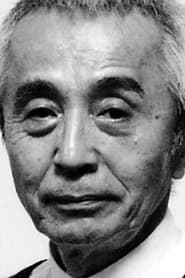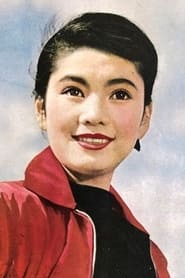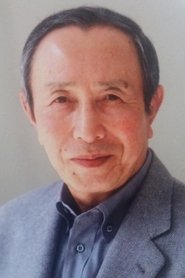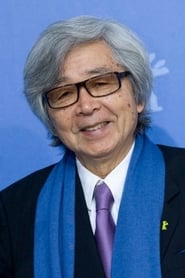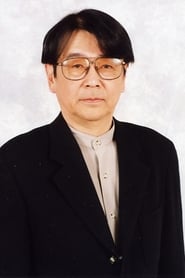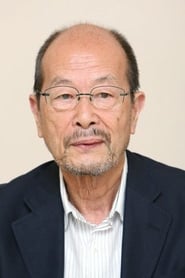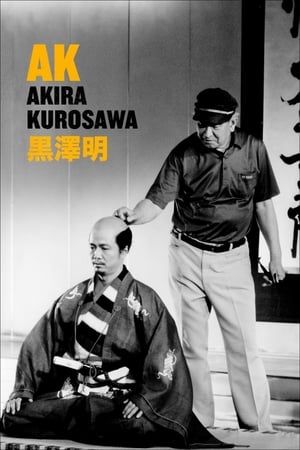Sat-chan Tadashi-chan: Sengo minshu-teki dokuritsu pro funtō-ki
Top 9 Billed Cast
Self
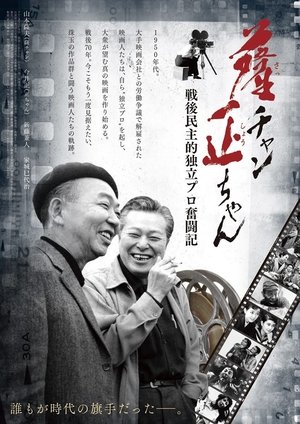
薩チャン 正ちゃん ~戦後民主的独立プロ奮闘記~
HomePage
Overview
After the war, many filmmakers were expelled from the Japanese film industry due to the Toho Dispute and the Red Purge. Amid such circumstances, there were people who set up their own independent production companies and embarked on film production without relying on corporations. This documentary film focuses on the passionate "spirit of film" of directors such as Satsuo Yamamoto and Tadashi Imai, who, despite many hardships, produced a succession of masterpieces overflowing with humanism and rebellious spirit.
Release Date
2015-08-29
Average
0
Rating:
0.0 startsTagline
Genres
Languages:
Keywords
Similar Movies
 0.0
0.0Teruo Ishii Fan Club(ja)
A documentary on Teruo Ishii, the Japanese "King of Cult".
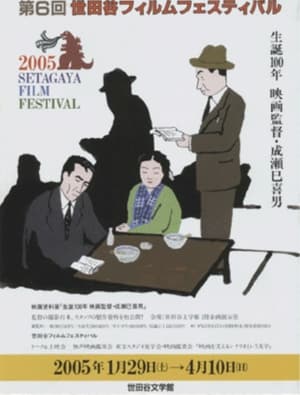 0.0
0.0Mikio Naruse 100th Birth Anniversary(ja)
Because his style was similar to that of Yasujiro Ozu, who was already active at Shochiku, he moved to PCL (currently Toho) in 1933, where he appeared in the talkie works "My Wife, Like a Rose" and "Tsuruhachi Tsurujiro." It got attention. There were times when he was unable to make as many films as he wanted due to wartime film regulations and post-war Toho disputes, but in 1951 he revived his career with Meshi. Since then, he has released masterpieces one after another, including "Okaasan," "Lightning," "The Couple," "Wife," "Anii Mouto," "Sounds of the Mountain," and "Bangiku." The pinnacle of his work, "Floating Clouds," is Kenji Mizoguchi's "Wife." Even director Ozu was impressed, calling it a masterpiece of Japanese cinema, on par with "The Sisters of Gion." He depicted ordinary people in everyday life with an everyday realism that was not influenced by lyricism, and he consistently sought out women as his subjects.
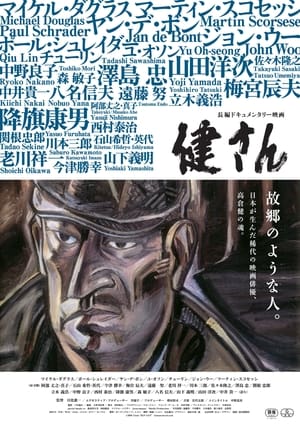 6.0
6.0Ken San(ja)
KEN SAN pieces together the puzzle of the life and legacy of Japan's mythical acting icon, Ken Takakura. Collaborators, friends and family tell intimate stories of Ken's journey: how one man of quiet dignity became a cultural barrier-breaking film star.
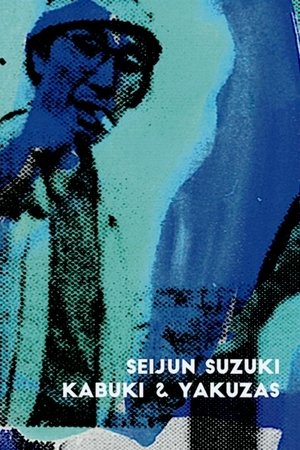 6.0
6.0Seijun Suzuki: kabuki & yakuzas(es)
Film director and screenwriter Seijun Suzuki (1923-2017), who in the sixties was the great innovator of Japanese cinema; and his collaborator, art director and screenwriter Takeo Kimura (1918-2010), recall how they made their great masterpieces about the Yakuza underworld for the Nikkatsu film company.
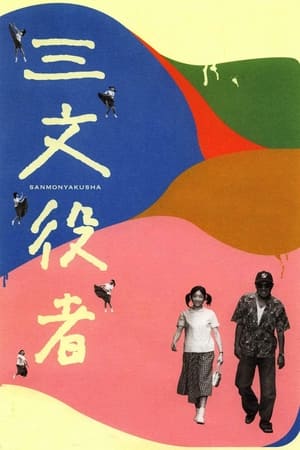 8.0
8.0By Player(ja)
The film is a series of vignettes from Taiji Tonoyama's life and film clips, interspersed with a dialogue to camera by Nobuko Otowa, addressing the camera as if she is addressing Tonoyama himself, recollecting events in his life. The film focuses on Tonoyama's alcohol dependence and his various sexual relationships, as well as his film work with Shindo.
 0.0
0.0Nezumikozo Jirokichi(ja)
Legendary anime director Rintaro’s (Metropolis, X/1999, Galaxy Express 999) first new work in over a decade depicts pioneering 1930s director Sadao Yamanaka and the production of his Nezumikozo Jirokichi. Despite dying before the age of 30, Yamanaka was a pivotal influence in Japanese cinema whose work would go on to inspire future generations. While most of his films have been lost to time, his scripts remain, and Nezumikozo Jirokichi recreates one of these lost films—a tale of a famous, virtuous bandit in old Edo—as imagined by Rintaro together with an all-star team including Katsuhiro Otomo (Akira, Memories), Taro Maki (Pluto, Millennium Actress) and Masao Maruyama (Ninja Scroll, Perfect Blue).
Red Shade(xx)
Keichi Tanaamis new animation work Red Shade (2021) is based on paintings that he had produced on the premise that they will be set in motion. Each of the 80 selected scenes was given a distinct movement of its own, and the edited version of the completed work became the first film. The 80 scenes are each independently complete, and can be freely rearranged. For example, you can start from scent 80 and end in scene one, or arrange them irregularly like 1, 4, 8, 7, and so on. In other words, the essence of the work does not change no matter how the scenes are arranged. Even so, it is possible to produce a strong impact by exchanging the images for each frame, and one can also for instance, create an impression of a refreshing breeze sweeping through the green meadows.
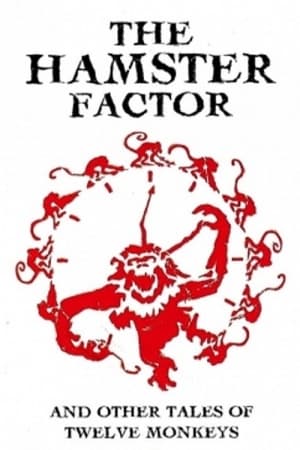 6.9
6.9The Hamster Factor and Other Tales of 'Twelve Monkeys'(en)
A documentary following Terry Gilliam through the creation of "Twelve Monkeys."
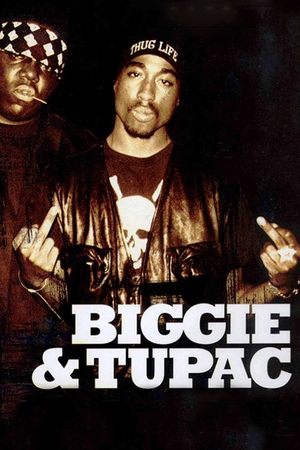 6.3
6.3Biggie & Tupac(en)
In 1997, rap superstars Tupac Shakur and Christopher Wallace (aka Biggie Smalls, The Notorious B.I.G.) were gunned down in separate incidents, the apparent victims of hip hop's infamous east-west rivalry. Nick Broomfield's film introduces Russell Poole, an ex-cop with damning evidence that suggests the LAPD deliberately fumbled the case to conceal connections between the police, LA gangs and Death Row Records, the label run by feared rap mogul Marion "Suge" Knight.
 6.5
6.5Kobe Doin' Work(en)
A documentary following Kobe Bryant during one day of the 2008 NBA playoffs.
 5.9
5.9Overcoming(en)
A fascinating look behind the scenes at the 2004 Tour de France with a penetrating insight into the hermetically closed world of professional cycling, following the Danish Team CSC's experiences.
 7.1
7.1In the Court of the Crimson King: King Crimson at 50(en)
The film explores the “acute suffering” and transcendent glory experienced by current and former members of King Crimson, allowing the audience an intimate and sometimes uncomfortable insight into the musicians’ experience as they confront life and death head on in the world’s most demanding rock band.
 8.0
8.0Bugs Bunny's 80th What's Up, Doc-umentary!(en)
Narrated by Billy Crystal, the documentary examines the history of the character over the decades, including sketches, clips from the shorts, and interviews with the animation legends who created some of the most memorable Bugs material
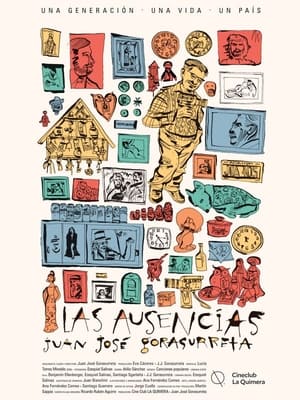 0.0
0.0The Absences(es)
The life of Juan José Gorasurreta is pierced by images. In his new feature film, the historic film society programmer appropriates the films that made him in order to find new relationships and patterns and thus generate a convergence between his personal life, that of Argentina and that of cinema. In The Absences his travels coexist with Orson Welles, activism, Fernando Birrri, the Cordobazo, his studies, Eva Landeck, family, Carlos Echeverría, the Trelew Massacre, Nagisa Ōshima, censorship, film societies, the Malvinas war, his short films. The randomness of this list vanishes as the film progresses, and gives way to a synapse that is as logical as it is moving. “It is a portrait on how Argentine history and my encounter with films designed my sensitive areas” —as he did with his own story, no one could define The Absences better than Gorasurreta himself.
 0.0
0.0Safety Awareness for Forklift Equipment(en)
An overview on safety precautions that protect forklift operators on the job.
 10.0
10.0Absolutely Fabulous: A Life(en)
During the filming of her very own documentary, 'A Day in My Life', Edina drops in on her mother who's working in a Help the Aged charity shop. There, she reminisces about the people and events which have made her what she is today.
 6.0
6.0How to Be Absolutely Fabulous(en)
Jennifer Saunders hosts a party of AbFab outtakes and behind-the-scenes footage.
 0.0
0.0Dust(es)
Dismantling the home of some who is no longer here is an act of love, of memory, of mourning. July passed away recently; the camera moves around her apartment and is placed on a series of objects that act as keys to open the door to her intimacy. The voices of those who have loved her guide us while they try to prolong the farewell. In the memories they evoke, to some people July is still Julio, and those names and pronouns that blend reveal the difficulties of embracing one’s identity as a trans woman. During the journey, July’s figure is slowly brought to life, as in an invocation, called on through words, but mainly through her spaces, her things, her photographs, her wigs, her clothes, her favorite music. And a biography is weaved together, one which, like that mirror that still hangs on her wall, reflects the history of an entire community.
